How RetroFoam Insulation Works: A Complete Guide
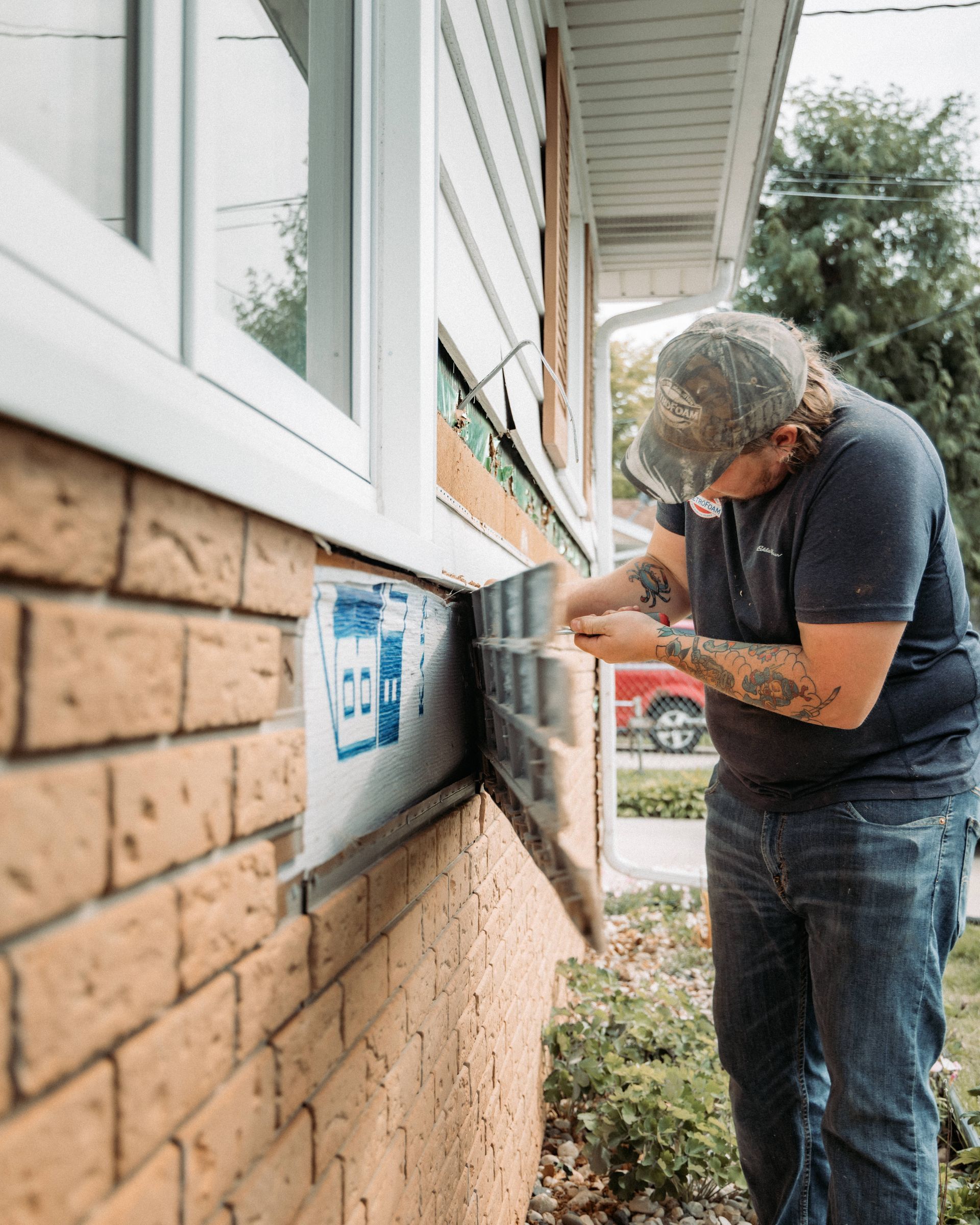
RetroFoam insulation is a standout choice for homeowners looking to enhance the comfort and energy efficiency of their homes, especially in Wisconsin’s varied climate. By effectively transforming wall spaces into formidable barriers against the changing seasons, RetroFoam fills in the gaps that traditional insulation may overlook. This foam delivers exceptional insulation properties and is environmentally friendly, significantly contributing to reducing a home’s carbon footprint. Discover why this product attracts homeowners and industry professionals alike.
Key Takeaways
- RetroFoam Insulation Creates an Airtight Seal and Improves Thermal Efficiency
- The Material Reduces Noise and Offers Significant Energy Cost Savings
- Its Installation Is Minimally Invasive and Leaves No Mess Behind
- RetroFoam Is Compatible With Older Homes and Doesn’t Degrade Over Time
- Eco-Friendly, It Helps Reduce a Home’s Carbon Footprint Through Improved Energy Efficiency
Understanding How RetroFoam Insulation Works
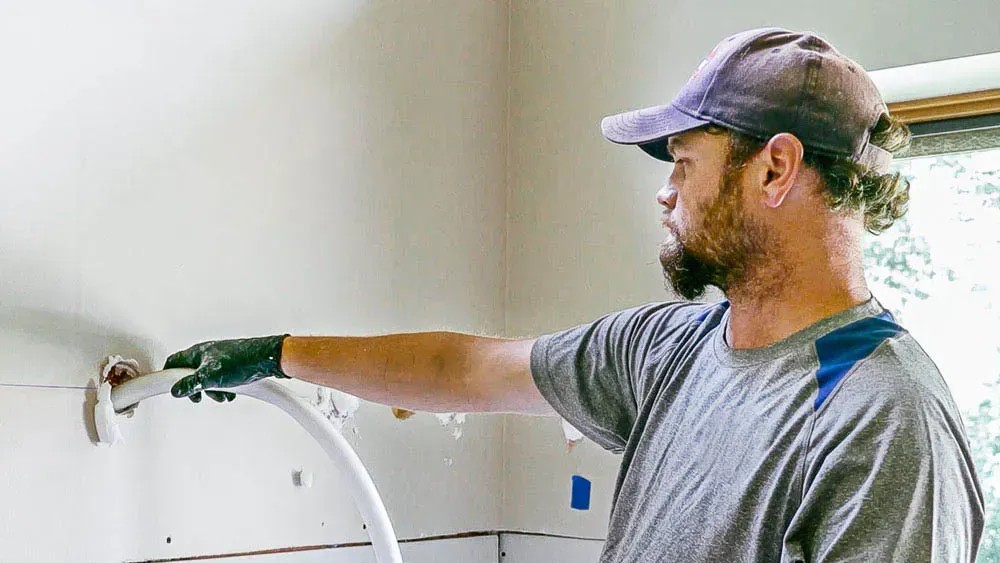
Insulating a home effectively requires understanding the materials involved, and RetroFoam insulation stands out due to its unique characteristics. Made from a tri-polymer-based resin, RetroFoam offers a cost-effective solution comparable to conventional methods in price and efficiency. Unlike other insulations, RetroFoam not only fills voids but also forms a barrier in hard-to-reach places. This insulation helps retain heat and regulates temperature, maintaining a consistent indoor climate against external conditions.
The Science Behind RetroFoam Insulation
The performance of RetroFoam insulation stems from its advanced chemistry, which converts liquid tri-polymer-based resin into a durable foam. When applied to walls, it forms a solid air barrier, significantly reducing air infiltration—the primary cause of home energy loss. This dense foam also prevents water penetration, protecting the building structure. Homeowners will experience noticeable noise reduction as the thick foam absorbs sound waves. Additionally, RetroFoam enhances the efficiency of heating and air conditioning systems, leading to significant cost savings and a quieter, more comfortable, and energy-efficient home.
Why RetroFoam Is Different From Other Insulations
RetroFoam stands out from common insulators like fiberglass by improving indoor air quality without extensive wall modifications. Unlike fiberglass, which is dusty and fibrous, RetroFoam’s application is less intrusive, preserving existing drywall and minimizing household disruption during installation. Homeowners benefit from a clean process that leaves no airborne particles or significant mess, enhancing the living environment immediately after installation.
The Role of RetroFoam in Thermal Insulation
RetroFoam plays a pivotal role in home improvement by guarding against energy loss. When this foam insulation replaces porous materials in walls, it drastically reduces outside air infiltration, a common culprit of elevated energy bills. Its unique liquid-to-foam transformation creates a seamless, airtight barrier that also helps prevent mold growth, a boon for homeowners seeking health and efficiency in their living spaces.
Unpacking the Benefits of RetroFoam Insulation
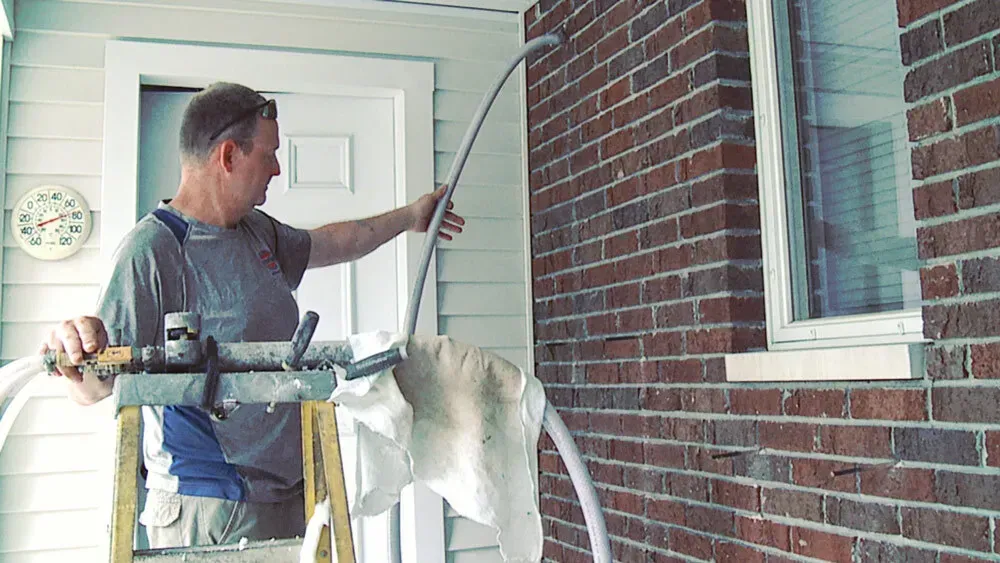
RetroFoam insulation provides homeowners with reduced air pollution, increased energy savings, and protection against moisture. Its superior coverage tightly seals homes, preventing energy leaks and saving money. The insulation’s sound-dampening abilities reduce external noise, creating peaceful living spaces. Additionally, RetroFoam helps manage moisture-related issues, preserving the home’s structural integrity and ensuring a healthier environment. For those interested in energy efficiency, sound-dampening, or health benefits, detailed resources, including comprehensive guides, are available to explore the transformative impact of RetroFoam insulation.
Energy Efficiency and How RetroFoam Delivers It
RetroFoam insulation maintains a home’s warmth with its cutting-edge injection foam technology, which actively minimizes the need for excessive furnace usage. Creating an airtight seal dramatically reduces the heat exchange between the indoors and the outdoors, leading to a stable indoor temperature and a noticeable reduction in energy bills. Homeowners also benefit from its pest-resistant properties and the clean installation process that leaves behind no mess.
Sound-dampening Qualities of RetroFoam Explained
The sound-dampening qualities of RetroFoam can make a significant difference for both homes and businesses. When RetroFoam is applied to walls, the dense foam effectively reduces external noise transmission by dampening vibrations, especially through metal, plastic, and wire elements within the building envelope. For those who have questions about its effectiveness, many RetroFoam FAQ resources are available that detail the scientific basis behind its acoustic benefits.
The Injection Process: How RetroFoam Is Installed
The installation of RetroFoam involves technicians precisely injecting the foam into wall cavities through small holes. This targeted approach fills spaces between wall studs, creating an airtight seal that improves the home’s thermal efficiency and comfort. After the foam sets, the team seals the injection sites, leaving the walls looking as good as new and significantly more energy-efficient. Additionally, the process is quick and clean, causing minimal disruption to the household while immediately enhancing indoor air quality and comfort levels. Homeowners can expect lower energy bills and a more comfortable living environment post-installation.
Post-Installation Cleanup and What to Expect
Once RetroFoam insulation is securely installed, technicians meticulously clean up the area. They carefully patch the injection holes and remove any dust or debris, ensuring the work area is restored to its original condition. Homeowners can expect immediate comfort and energy efficiency improvement without the hassle of extensive post-installation cleanup. Additionally, the process is efficient, allowing homeowners to enjoy the benefits of enhanced insulation with minimal disruption to their daily lives. The improved air quality and reduced noise further enhance the overall living environment.
Comparing RetroFoam to Traditional Insulation Methods
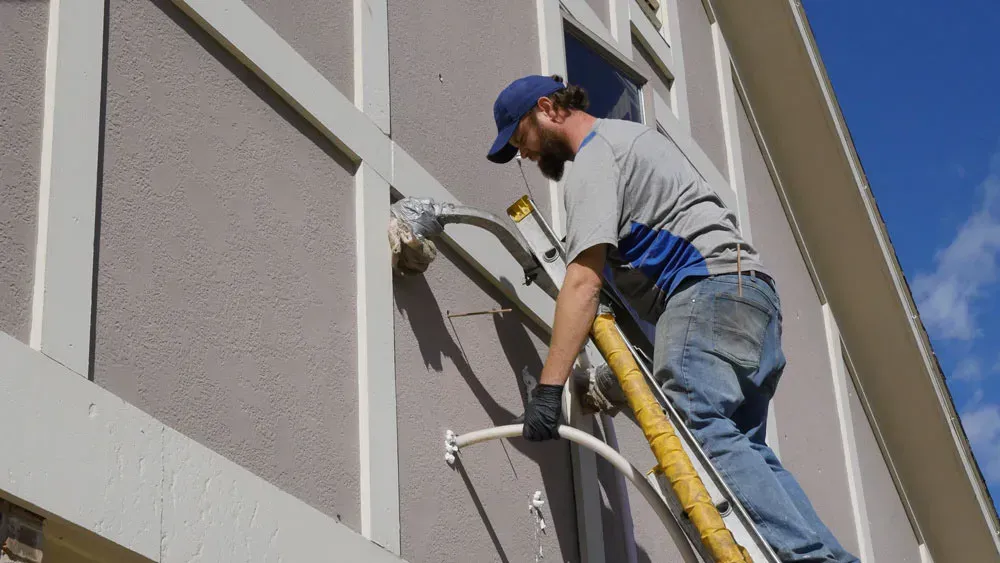
When deciding how to insulate a home, choosing between RetroFoam and traditional materials like fiberglass is crucial. RetroFoam offers unique installation, effectiveness, and long-term performance advantages. Unlike traditional materials, it provides a clean and efficient process while preserving structural and environmental integrity. Homeowners who prioritize these factors may find RetroFoam to be a superior alternative. Comparisons with other insulation methods reveal its impressive lifespan and effectiveness, making it an attractive modern solution for insulation needs.
Why Choose RetroFoam Over Fiberglass
Homeowners considering RetroFoam often appreciate its easy installation and minimal disruption compared to traditional options like fiberglass. RetroFoam’s unique application process requires no extensive renovations and doesn’t leave behind irritating particles, making it a cleaner, more user-friendly choice for home insulation.
Longevity and Performance: RetroFoam vs. Other Insulations
RetroFoam outshines traditional insulations like fiberglass in terms of longevity and performance. RetroFoam maintains its form and thermal resistance capabilities over time, unlike conventional materials that can settle or degrade. This eliminates the need for frequent replacements, ensuring consistent and robust insulating performance for years. Homeowners benefit from sustained energy efficiency and comfort without the hassle of ongoing maintenance or degradation of insulation quality.
Addressing Common Misconceptions About RetroFoam Insulation
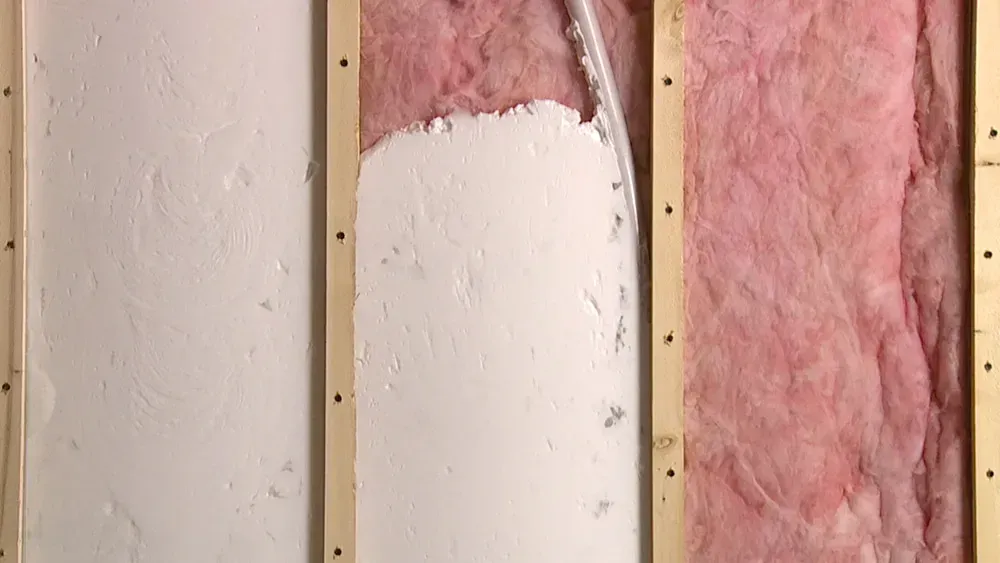
Misunderstandings often cloud the reality of innovative materials like RetroFoam insulation. As homeowners and builders explore options, myths can circulate, casting doubt on newer solutions’ benefits and environmental impact. Addressing these misconceptions is crucial to ensure accurate information about RetroFoam’s merits and ecological considerations. Dispelling myths and presenting facts allows for a deeper appreciation of the technology’s potential for building efficiency and environmental stewardship.
Debunking Myths Around RetroFoam Insulation
One pervasive myth surrounding RetroFoam insulation is that its chemical composition makes it less eco-friendly than traditional insulating materials. However, the truth reveals that RetroFoam’s energy-saving qualities contribute to a lower carbon footprint over time, debunking concerns over its environmental impact and establishing its role as a proactive choice for energy-conscious homeowners.
The Truth About RetroFoam’s Environmental Impact
Concerns about the environmental impact of RetroFoam insulation often stem from misunderstandings about its chemical properties. In reality, RetroFoam’s insulating capabilities contribute significantly to reducing energy consumption in homes, which in turn lowers greenhouse gas emissions associated with heating and cooling. Thus, by improving home energy efficiency, RetroFoam supports a more sustainable future.
FAQs Answered: Everything You Want to Know About RetroFoam

Homeowners often have questions about RetroFoam’s suitability for older homes and its financial impact on monthly expenses. RetroFoam adapts well to the unique challenges of vintage construction, improving thermal efficiency and comfort. It seals gaps and cracks typical in older homes, reducing drafts and energy loss. Homeowners can see potential savings on heating and cooling bills by examining its effect on energy costs. The insulation not only enhances comfort but also offers a cost-effective solution for improving energy efficiency in older homes, leading to noticeable savings and increased home value.
Is RetroFoam the Right Choice for Older Homes?
With their distinct charm and construction challenges, older homes can significantly benefit from RetroFoam insulation. Its ability to be injected into existing walls without extensive alterations makes it an ideal choice for preserving the character and structure of vintage properties. Additionally, RetroFoam creates an energy-efficient barrier, providing modern comfort while maintaining the home’s historical integrity. This insulation enhances temperature control, reduces energy costs, minimizes noise, and improves indoor air quality, making it a comprehensive solution for older homes.
How Does RetroFoam Insulation Impact Utility Bills?
Many homeowners see a significant decrease in utility bills after installing RetroFoam insulation. Its high R-value and air-sealing properties mean homes use less energy to stay comfortable, lowering heating and cooling costs year-round. RetroFoam also enhances indoor comfort by reducing drafts and maintaining consistent temperatures. The improved energy efficiency saves money and reduces overall energy consumption, making homes more environmentally friendly. This makes RetroFoam a smart investment for both comfort and cost savings.
Getting Started With RetroFoam Insulation in Your Home
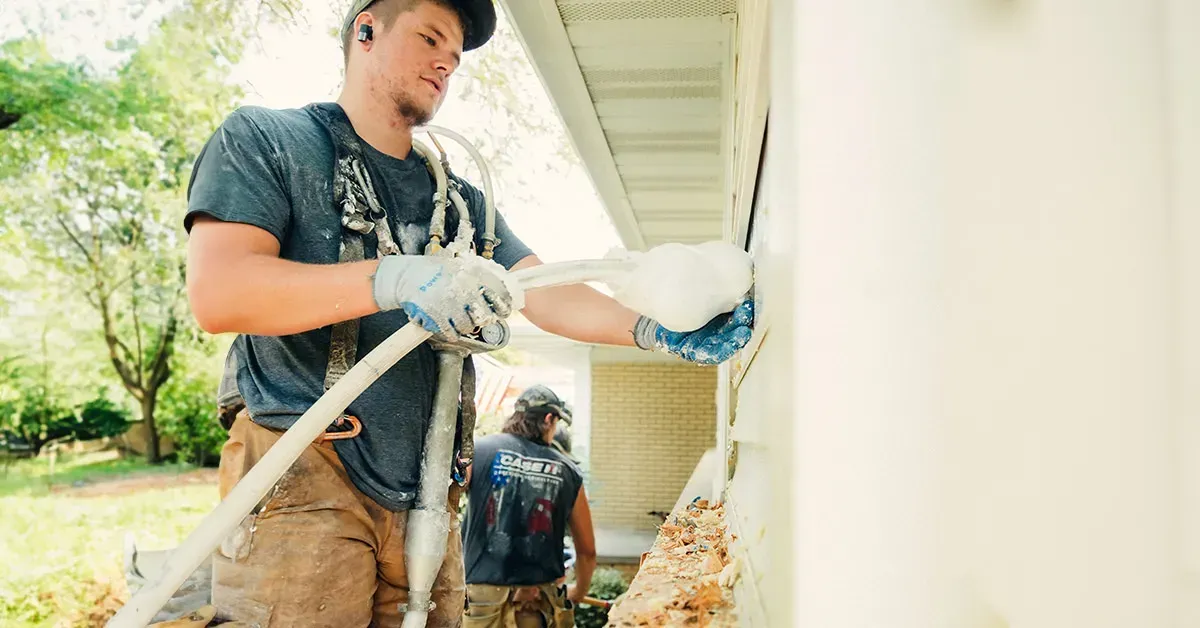
Embarking on the journey of insulating your home with RetroFoam begins with two essential steps: finding a certified installer and understanding the financial aspects, including costs and potential return on investment (ROI). Homeowners should seek qualified professionals skilled in RetroFoam installation. At the same time, it’s crucial to understand the investment required and the long-term economic benefits. Calculating the energy savings and enhanced comfort RetroFoam provides helps illustrate its value for any household considering this insulation upgrade.
How to Find a Certified RetroFoam Installer
To initiate the RetroFoam insulation process in your home, first identify a certified installer trained to handle and apply this specific insulation material. To ensure quality and expertise, vetting should include checking for proper certification, reviews, and previous work examples. Research certified RetroFoam installers in your area, confirm their accreditation and read reviews to gauge their workmanship and customer service. Request a portfolio of previous installations to assess their experience with RetroFoam. Ensure they provide a detailed quote explaining all costs and the scope of the installation process.
Understanding the Cost and ROI of RetroFoam Insulation
The initial cost of RetroFoam insulation is an investment that homeowners weigh against long-term benefits, with ROI often realized through reduced energy expenses. While the price varies based on the project’s scope and size, the energy efficiency achieved typically compensates homeowners over time by lowering monthly utility bills. It can also increase property value due to enhanced comfort and energy performance.
Conclusion
RetroFoam insulation is a superior alternative to traditional materials, providing an airtight seal that enhances thermal efficiency and reduces energy costs. Its unique installation process offers minimal disruption, and the foam’s density effectively dampens sound, contributing to a quieter, more comfortable living environment. By improving indoor air quality and preventing moisture-related issues, RetroFoam also promotes a healthier home. The long-term performance and eco-friendly aspects of RetroFoam make it a wise investment for homeowners seeking modern insulation solutions.



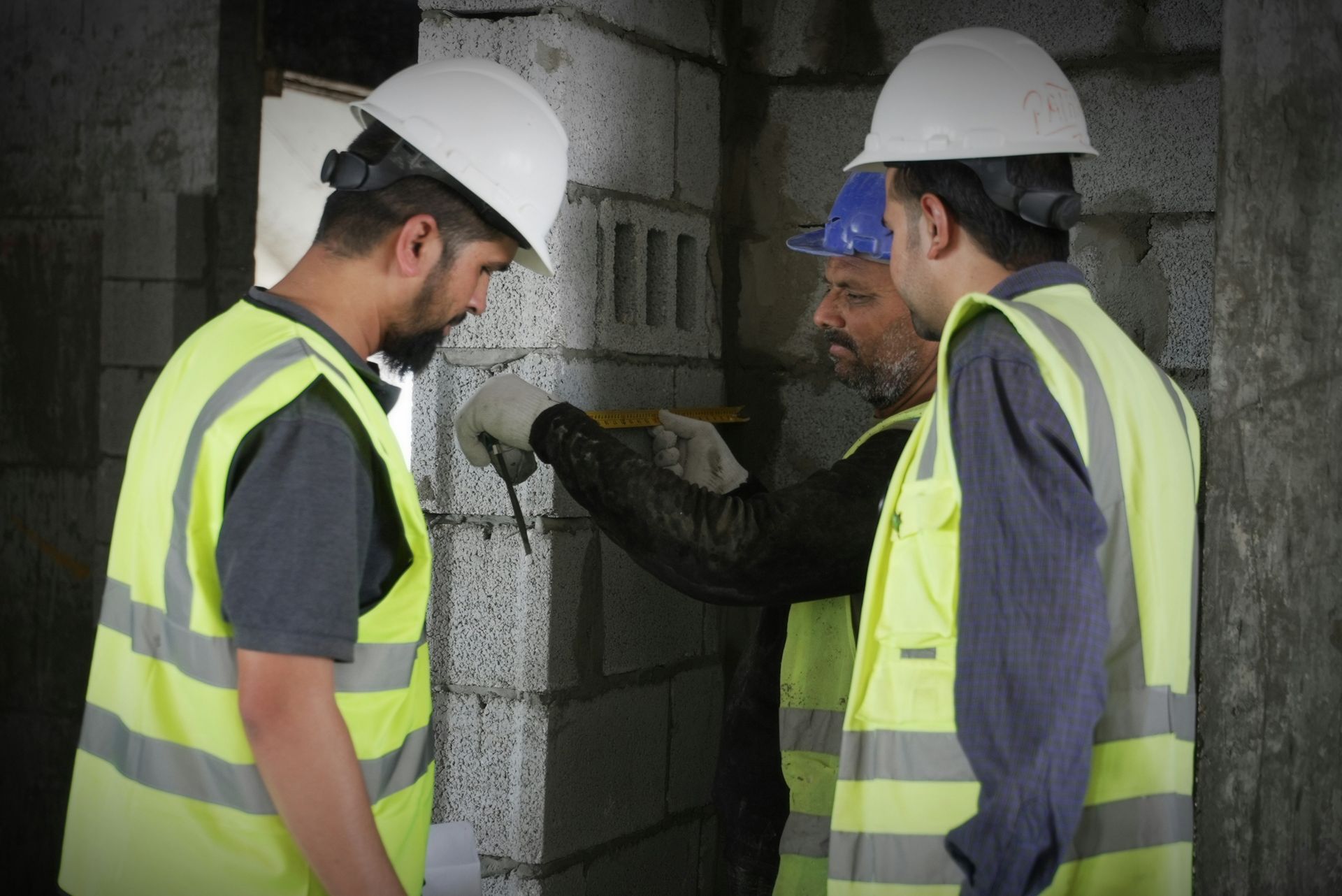
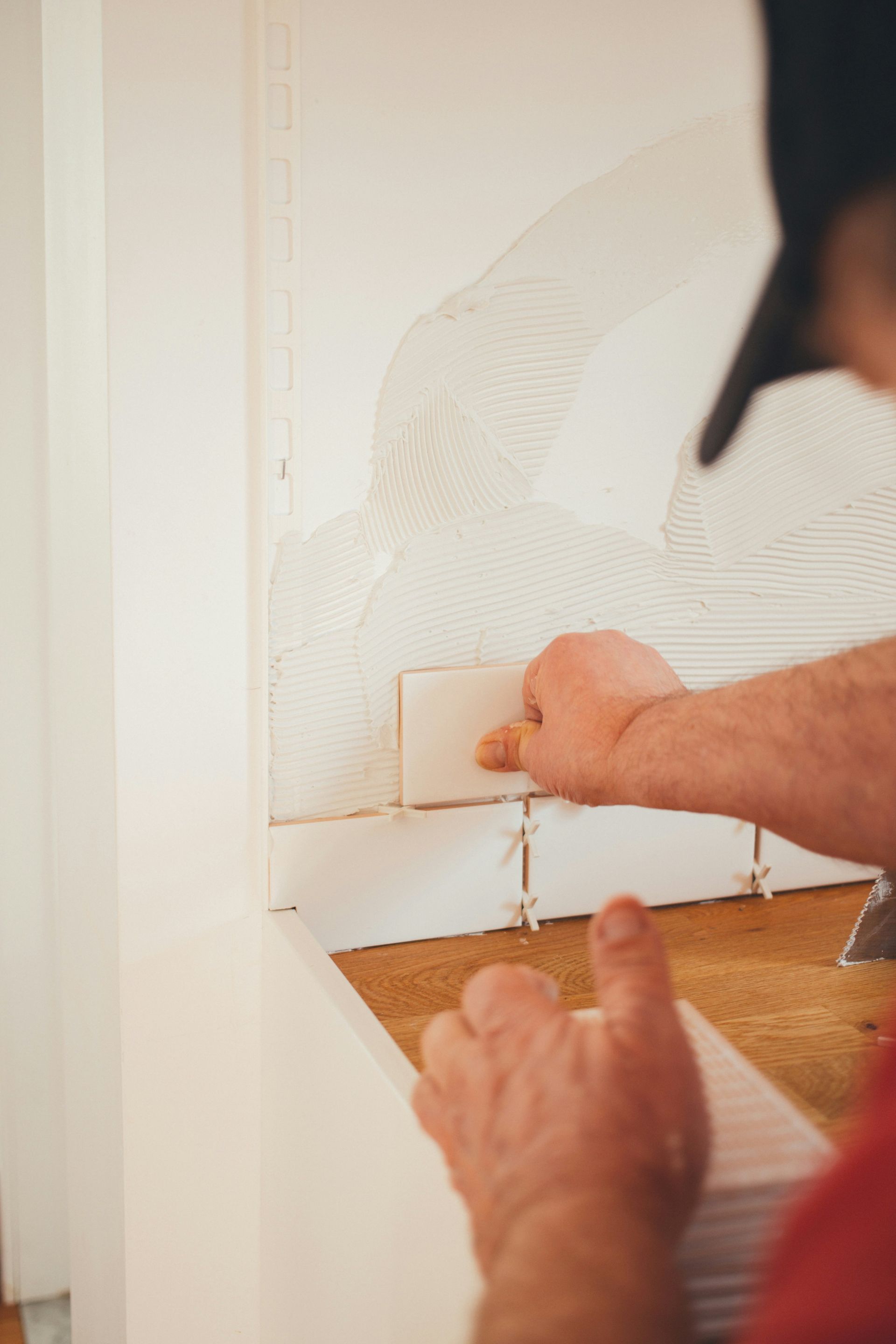

Share On: